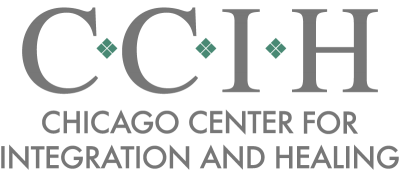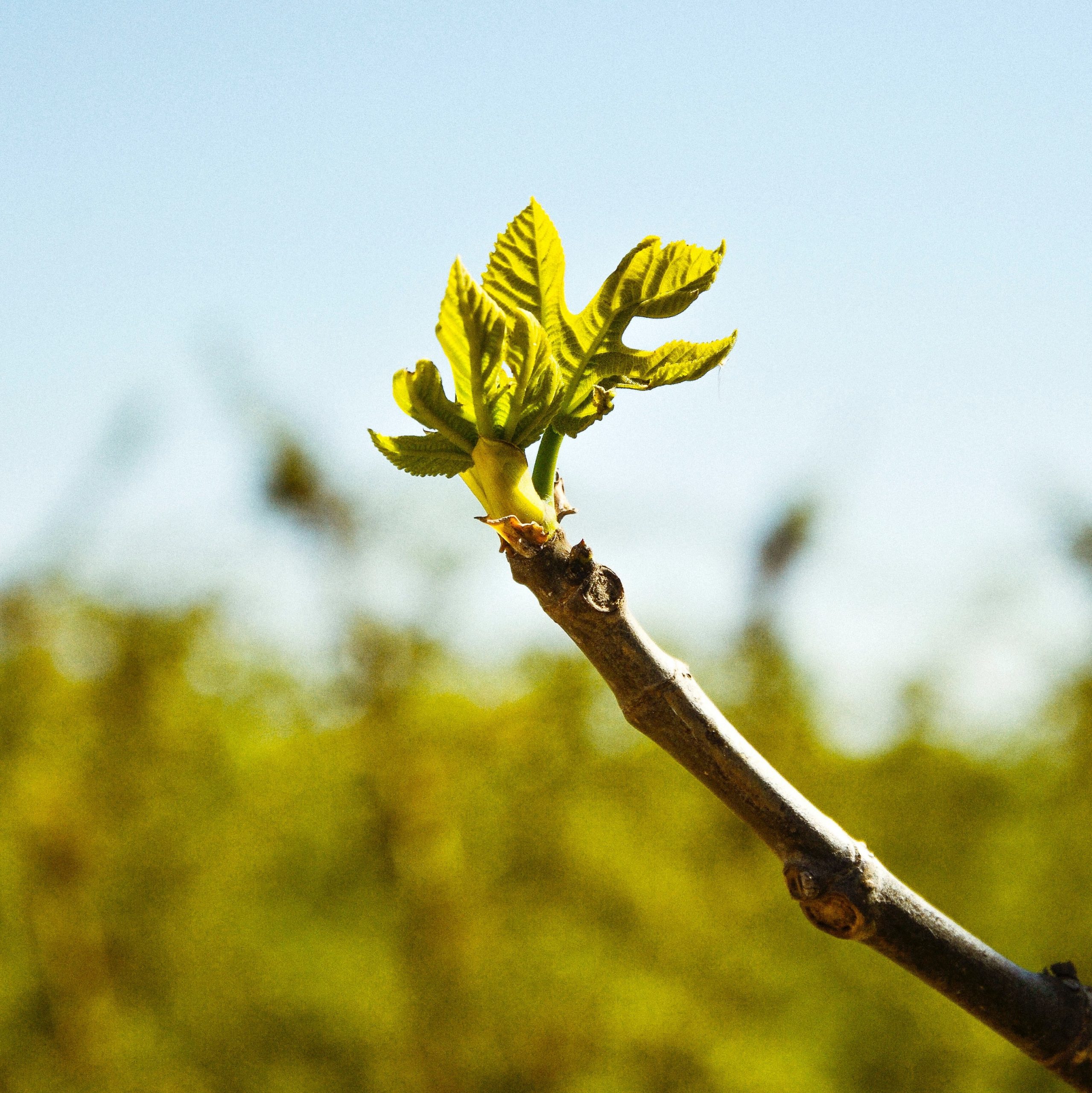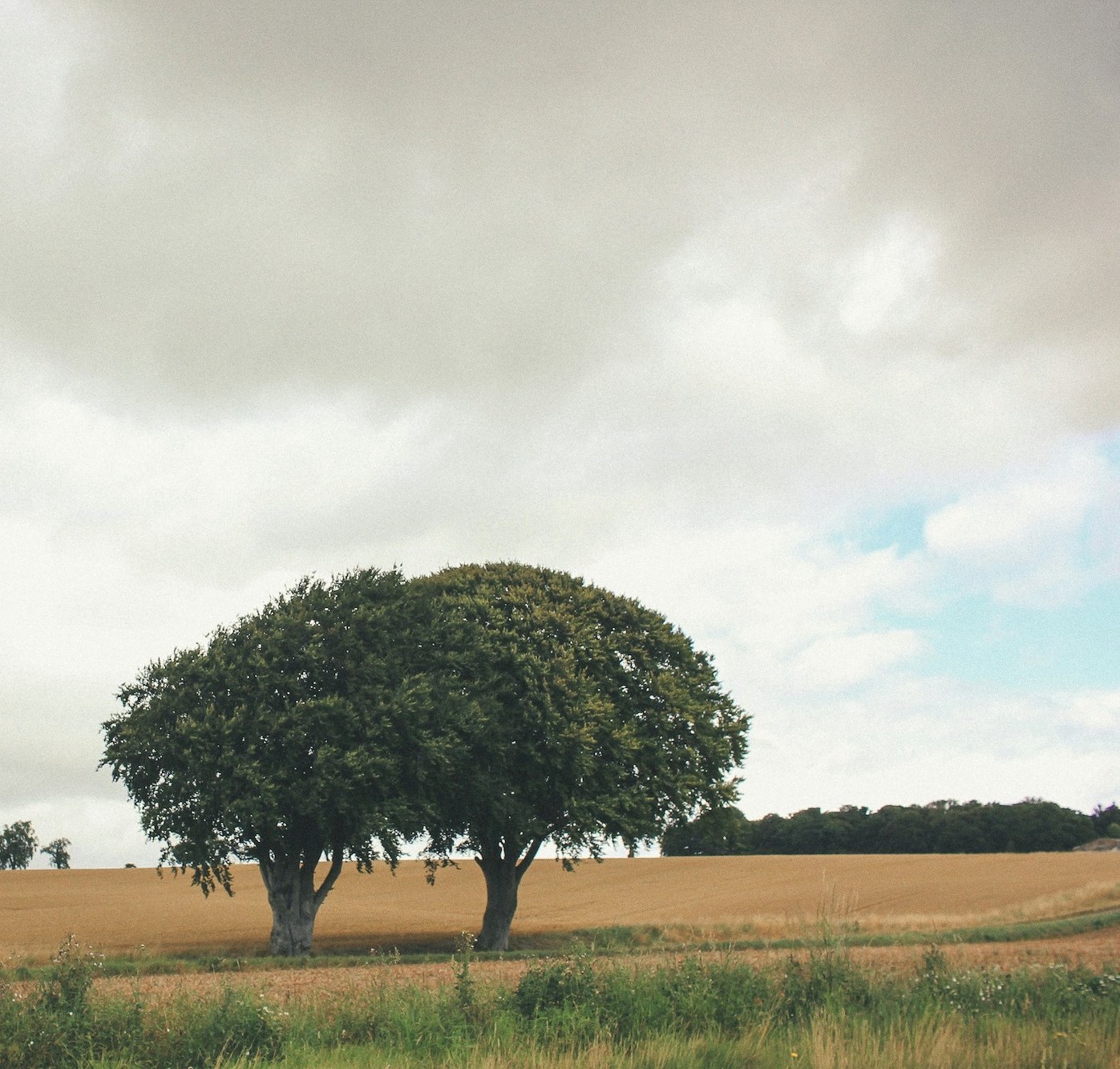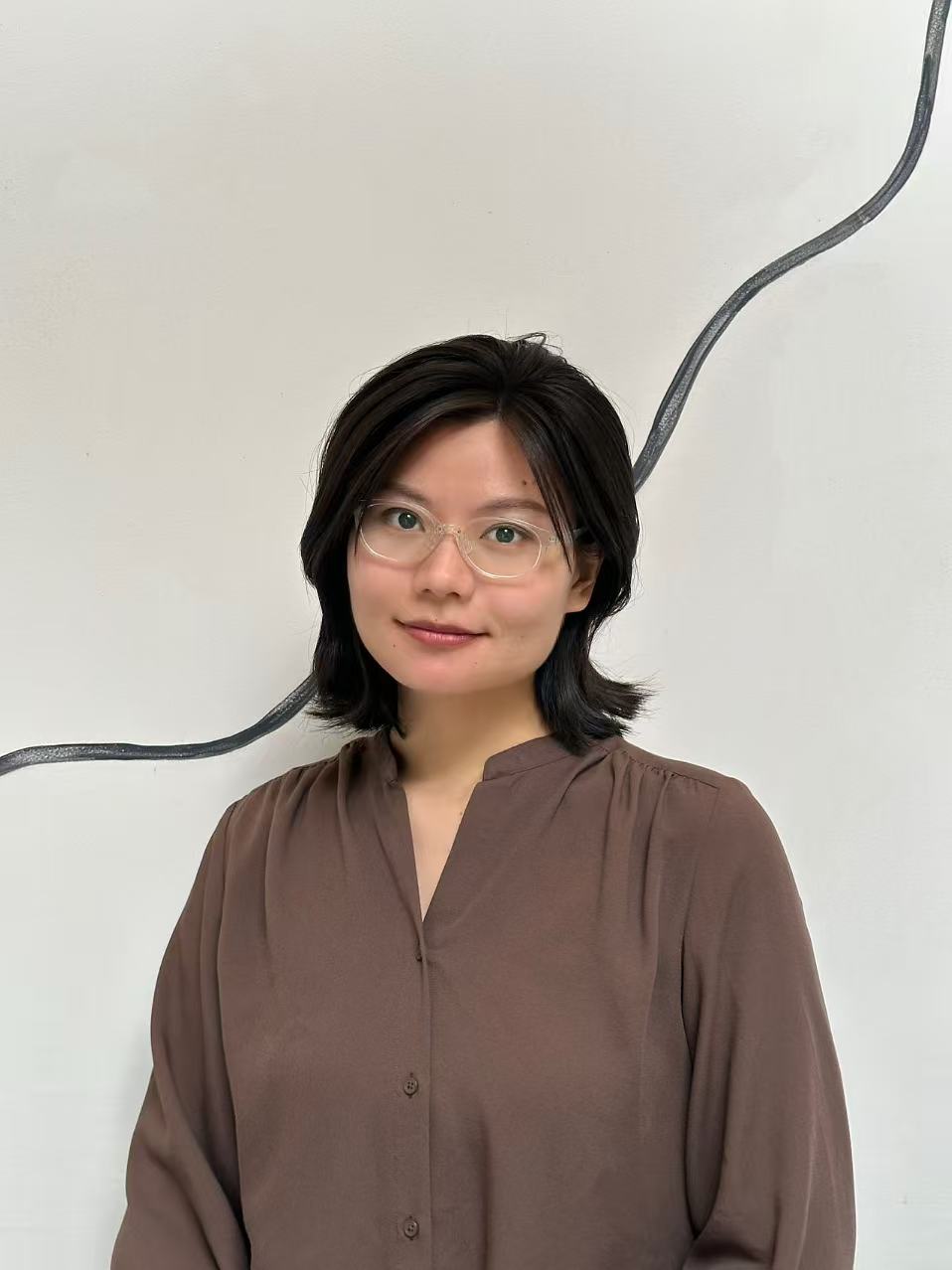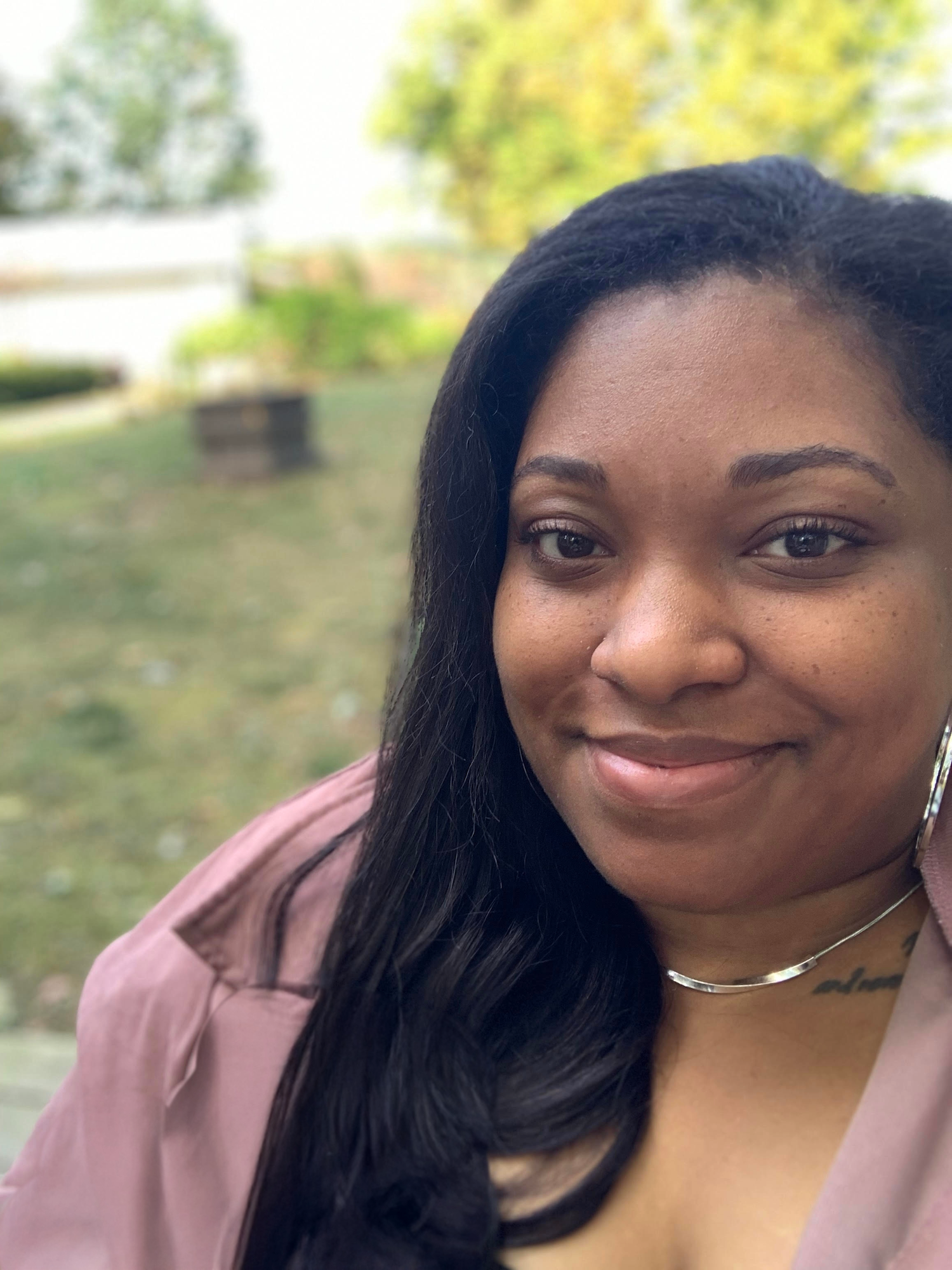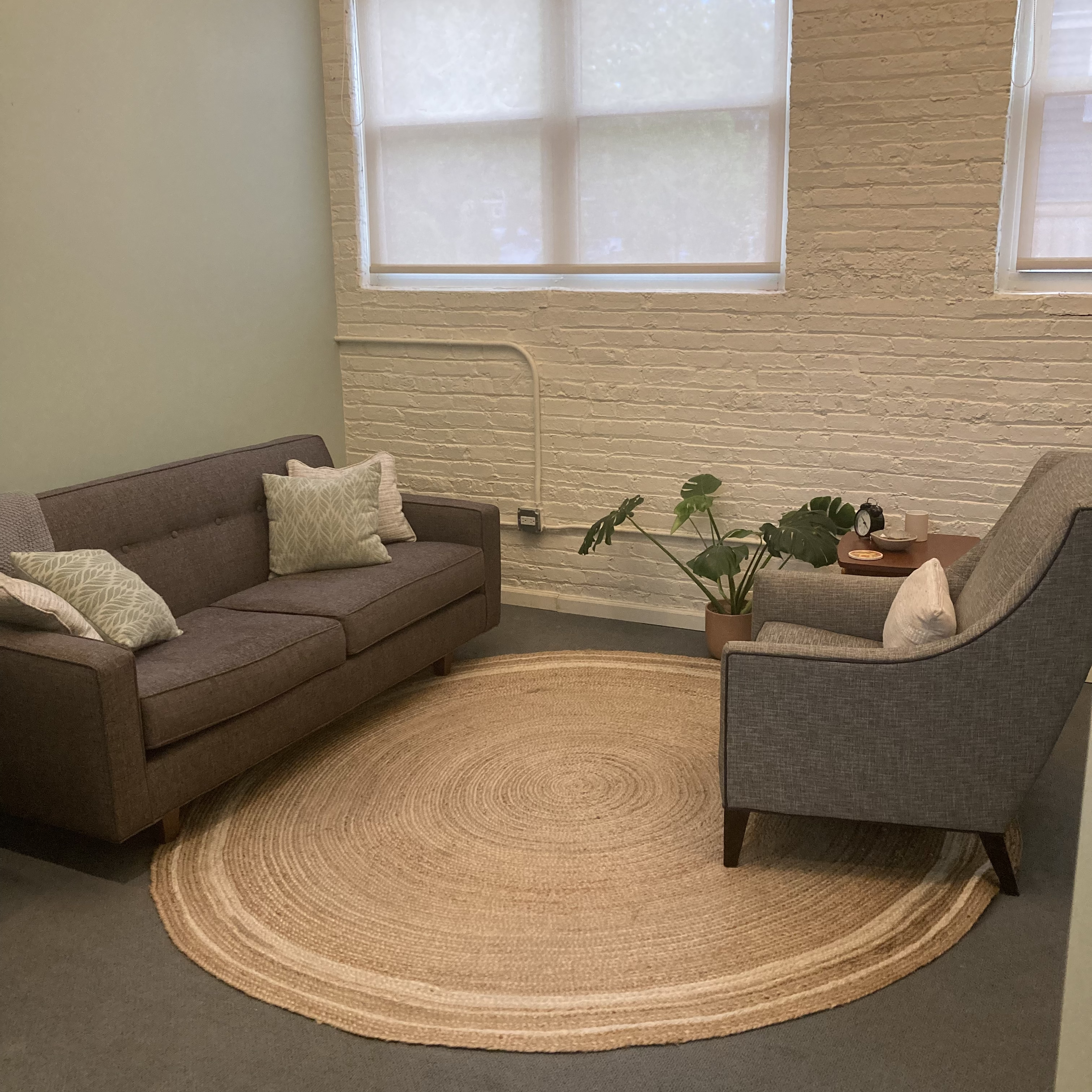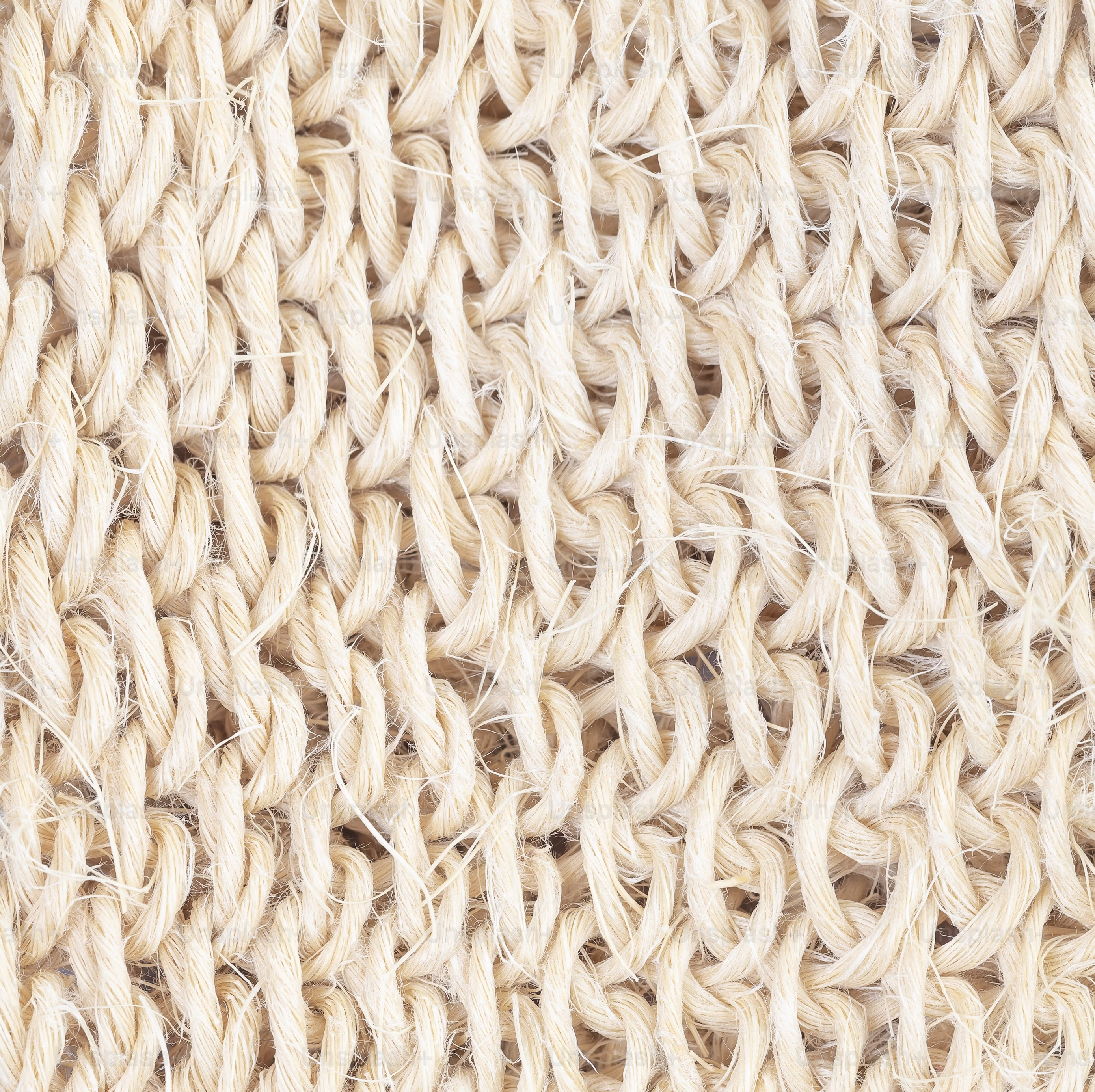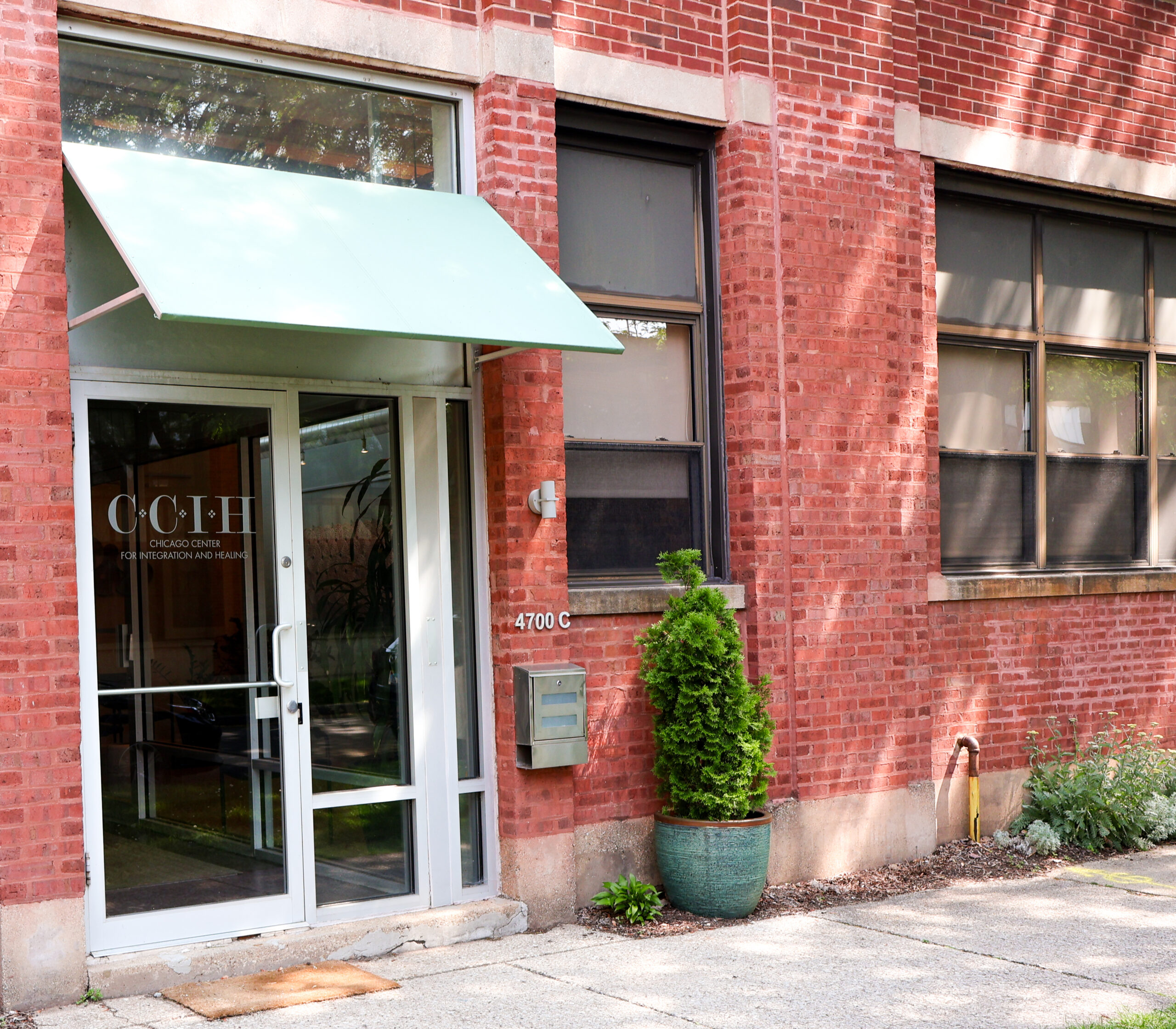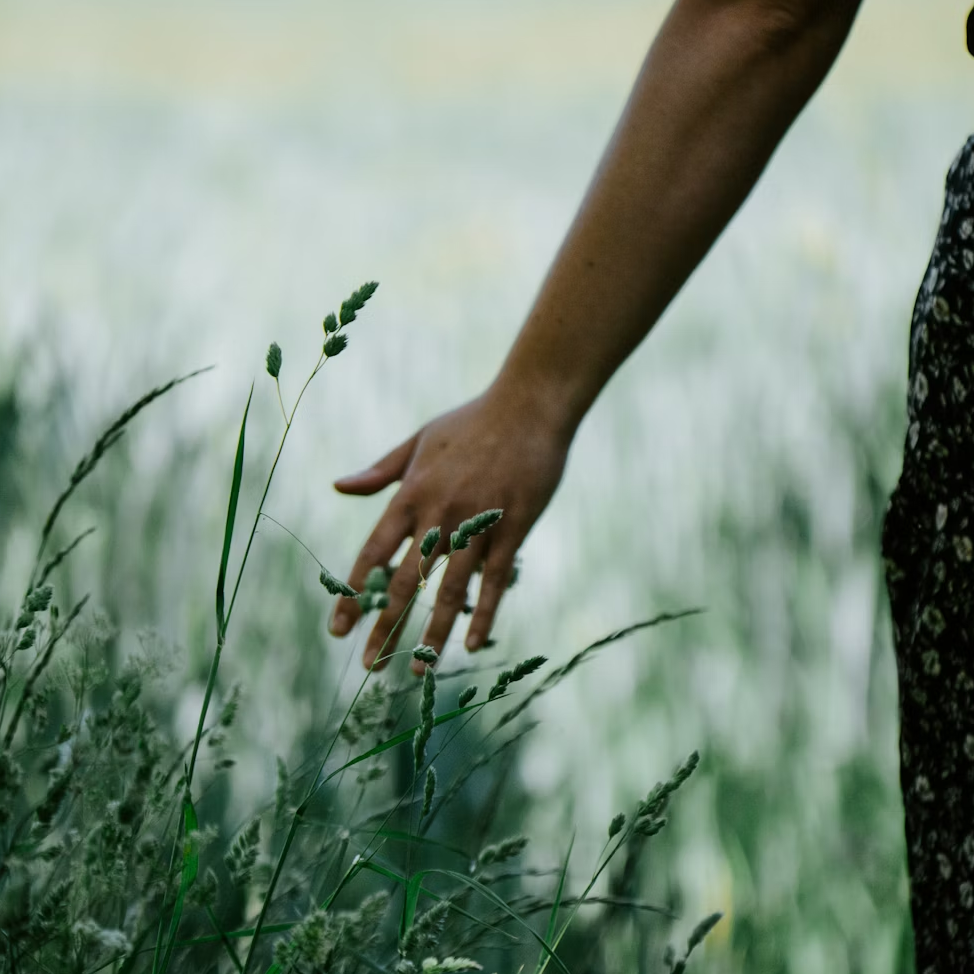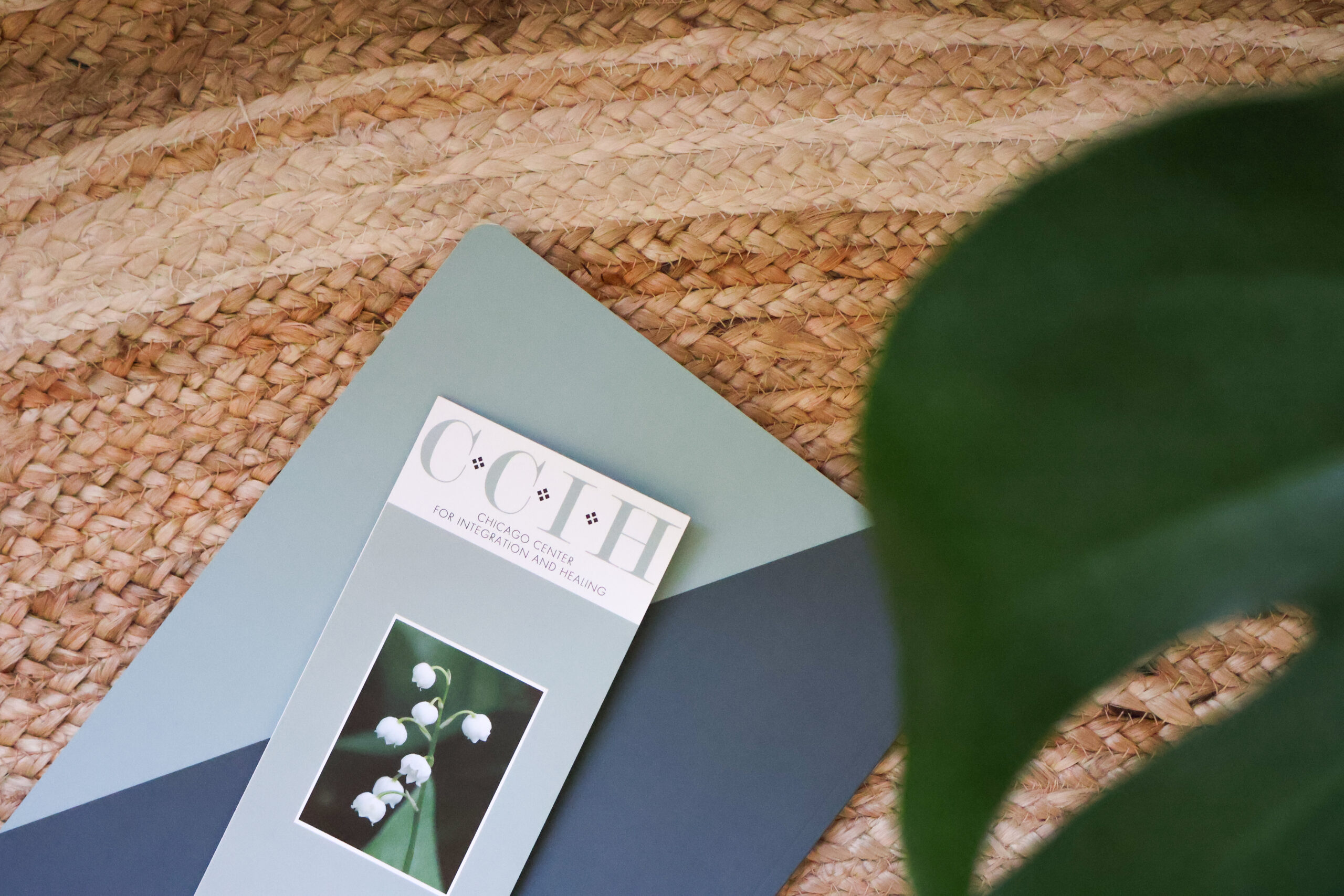A history of trauma can make it difficult to feel present. Often in an effort to stay safe, our mind and body pull us into our past or become hyper-vigilant about our future. Though these strategies are adaptive and often helpful in surviving traumatic experiences, when they become habitual we can be left feeling out of control in the present. Effective tools to build present-centered awareness, like mindfulness, can feel unsustainable and impossible when we can’t engage in the way we want to. We may have a series of “failed” encounters with mindfulness — a meditation practice that lasted a few days, a yoga routine that overwhelmed us, or breath work that was more activating than relaxing. How do we build capacity for present-centered awareness that takes our nervous system and history into account?
As part of my trauma fellowship at CCIH, I recently participated in our 12-week Integrated Practices group. Created for individuals with a history of trauma, the group focuses on safely engaging with our internal experience in the present moment. We focus on starting small and being curious about our experience. One way members are asked to begin becoming attentive to their experience is with one minute (or less!) of practice. In a group session, this might look like all of us observing an object in the center of the room for a minute, becoming curious about our experience together. As a group, we honor that though these tasks seem simple, they are often not easy.
Not only can slowly building a capacity for present centered awareness help us feel more in control of our experience, but studies show that brief mindfulness moments can benefit us in the same way longer form meditation does. Research in 2019 found that the benefits attributed to longer duration, more intense meditation training — decreases in mood disturbance, anxiety, and fatigue, and increased attention and memory — were the same benefits experienced by a group of novice meditators with a brief daily practice.
My experience in the group reminds me that engaging in any practice of healing requires hope – and hope can feel slippery when we are not sure how to “do it right.” I’ve learned there is no “right way”, and practice looks different for all of us. Starting small with gentle curiosity is enough.
References:
Photo: Sergi Dolcet Escrig via Unsplash.
